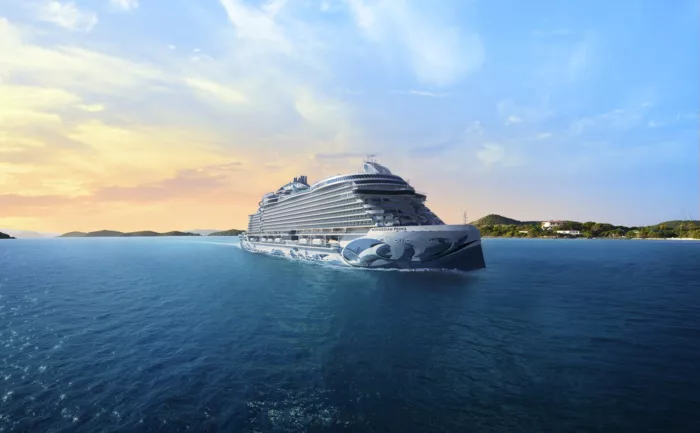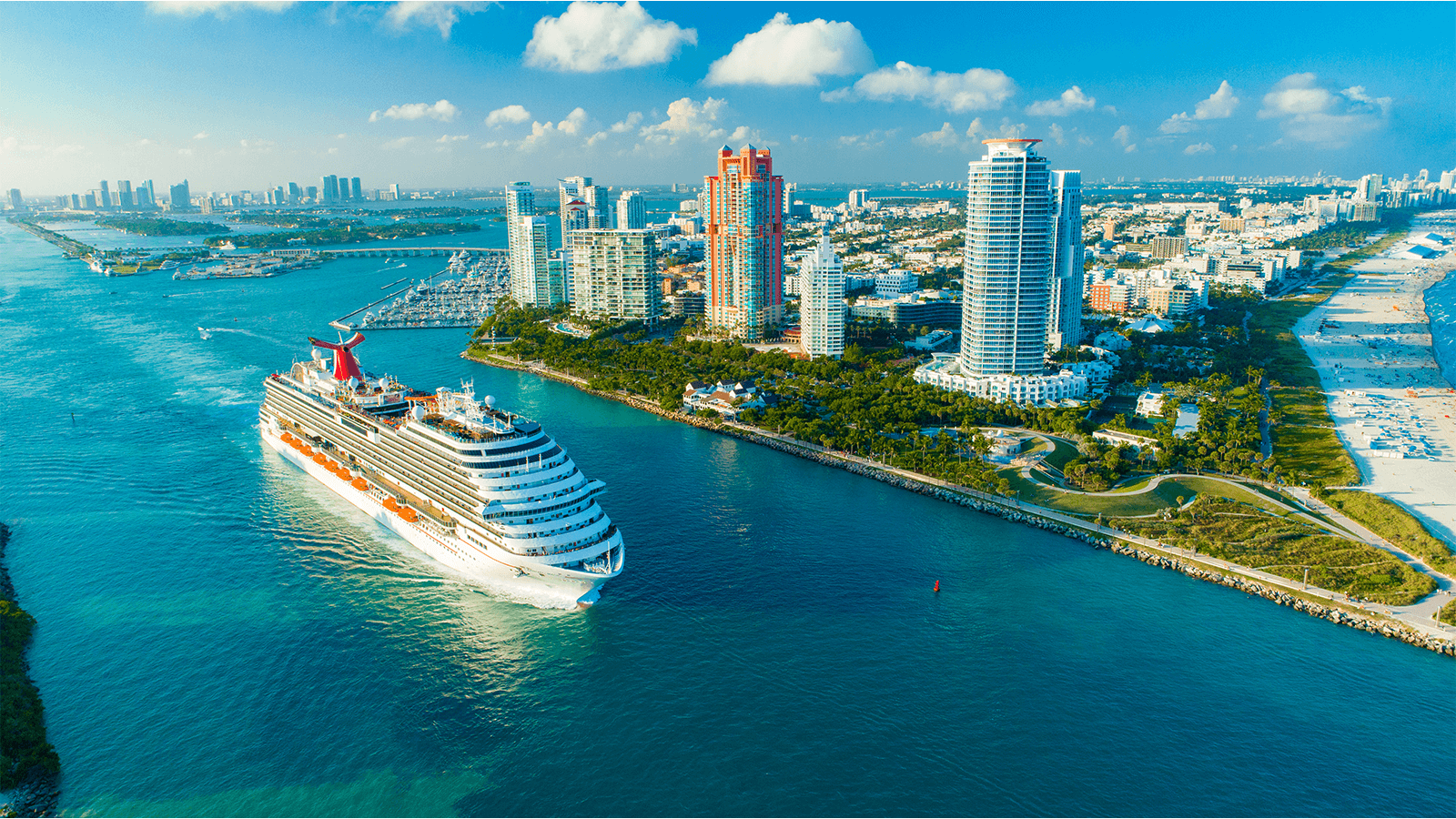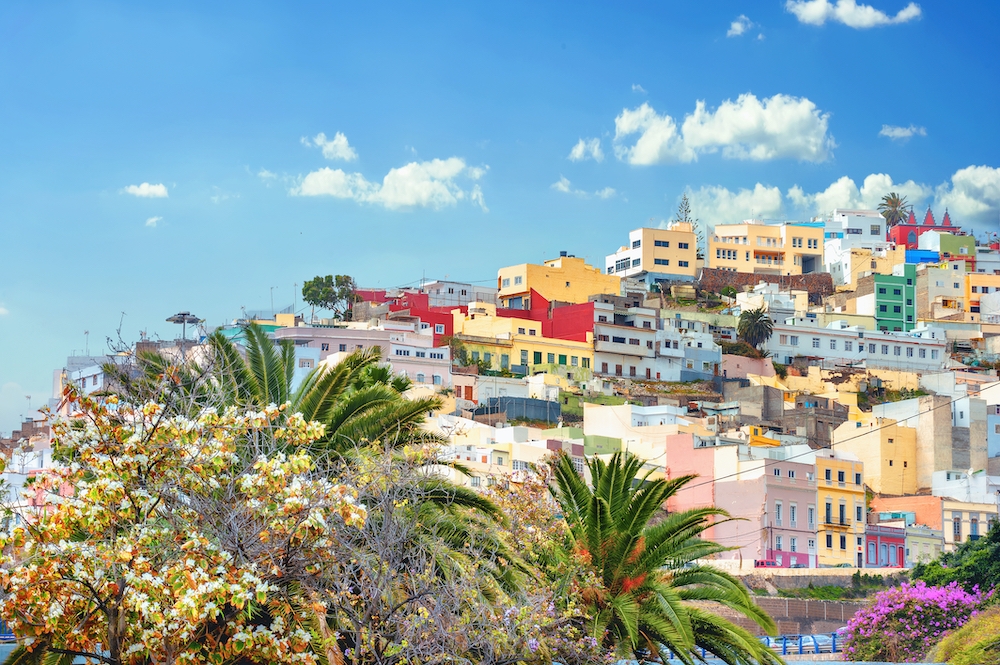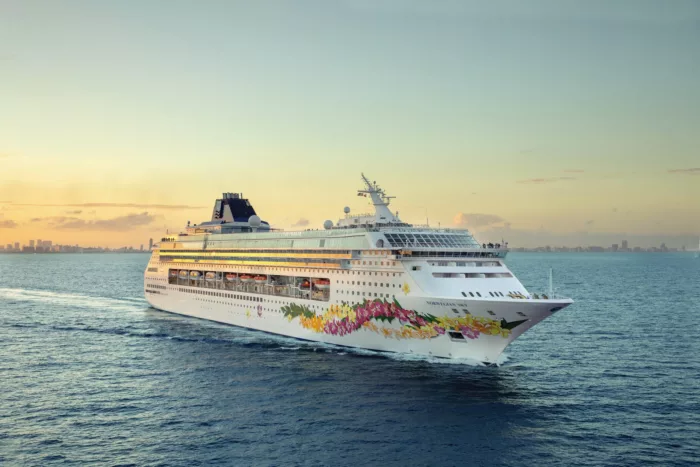
Norwegian Cruise Line
Founded in 1966, Miami-based Norwegian Cruise Line (NCL), part of global cruise company Norwegian Cruise Line Holdings (which also owns Oceania Cruises and Regent Seven Seas Cruises), is the third-largest cruise line in the world in terms of cruise passengers. NCL has become well-known for its colourful ships featuring a pop-icon style painted hull.
3099
Passengers
1506
Crew
2022
Launched
143535t
Tonnage
294m
Length
41m
Width
22kts
Speed
USD
Currency
Cruise Itinerary
Day 1
Reykjavík, Iceland
Day 2
Isafjørdur, Iceland
Day 3
Akureyri, Iceland
Day 4
At Sea
Relax and make the most of the myriad of facilities available on board the ship, from fantastic entertainment to delicious and diverse dining options.
Day 5
Ålesund, Norway
Day 6
Måløy, Norway
Day 7
Geiranger, Norway
Day 8
At Sea
Relax and make the most of the myriad of facilities available on board the ship, from fantastic entertainment to delicious and diverse dining options.
Day 9
Amsterdam, Netherlands
Day 10
Zeebrugge, Belgium
Day 11
Southampton, England

Day 1
Reykjavík, Iceland

Day 2
Isafjørdur, Iceland

Day 3
Akureyri, Iceland

Day 4
At Sea

Day 5
Ålesund, Norway

Day 6
Måløy, Norway

Day 7
Geiranger, Norway

Day 8
At Sea

Day 9
Amsterdam, Netherlands

Day 10
Zeebrugge, Belgium

Day 11
Southampton, England
Ship Details


Norwegian Cruise Line
Norwegian Prima
To the trailblazers and the tastemakers. To the first-time seekers and explorers of the Extraordinary. This one was made for you.
Welcome aboard Norwegian Prima, the first in a new class of ships designed to elevate every expectation.
Cabins
All Prices


















